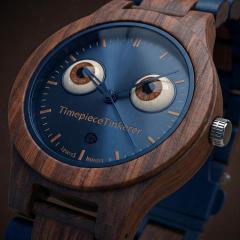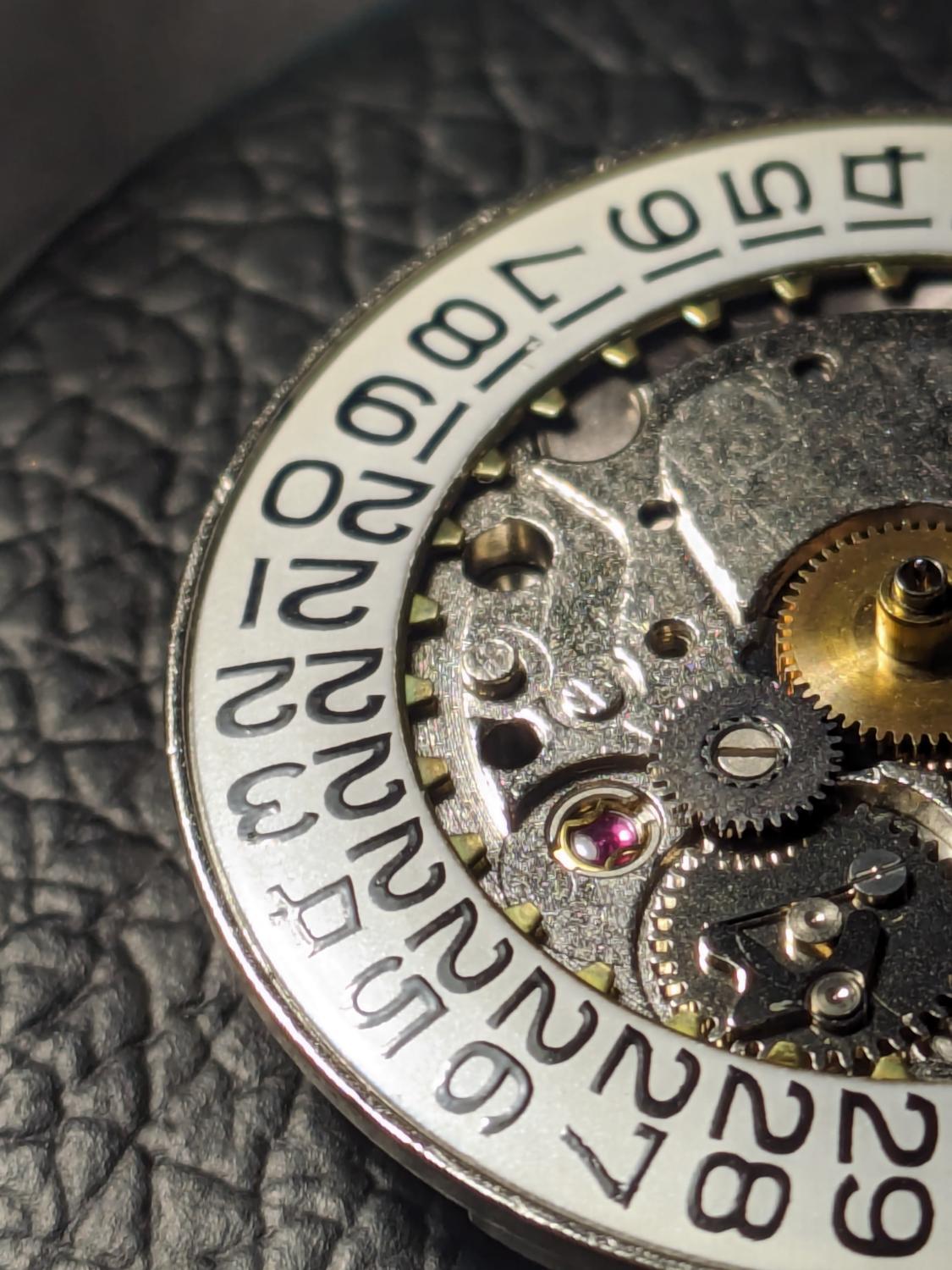Making a custom dial
-
Recently Browsing
- No registered users viewing this page.
-
Topics
-
Posts
-
It's a spare from another watch. It's 0.5mm Dia. spring steel if you want to make one.
-
Thanks Andy, much appreciated. Was that one you made or pulled from another watch? Assuming it's one you made what's the diameter of the wire? Thanks once again.
-
By SwissSeiko · Posted
I use an old oiler that is bent to a similar shape. I also just go in through the spring while its attached to the cock still. wristwatches can be tricky -
I recently converted my Seiko NH34 to a manual wind by losing the rotor screw. if anyone has an extra one could you please let me know Thanks for your consideration, Dave
-







Recommended Posts